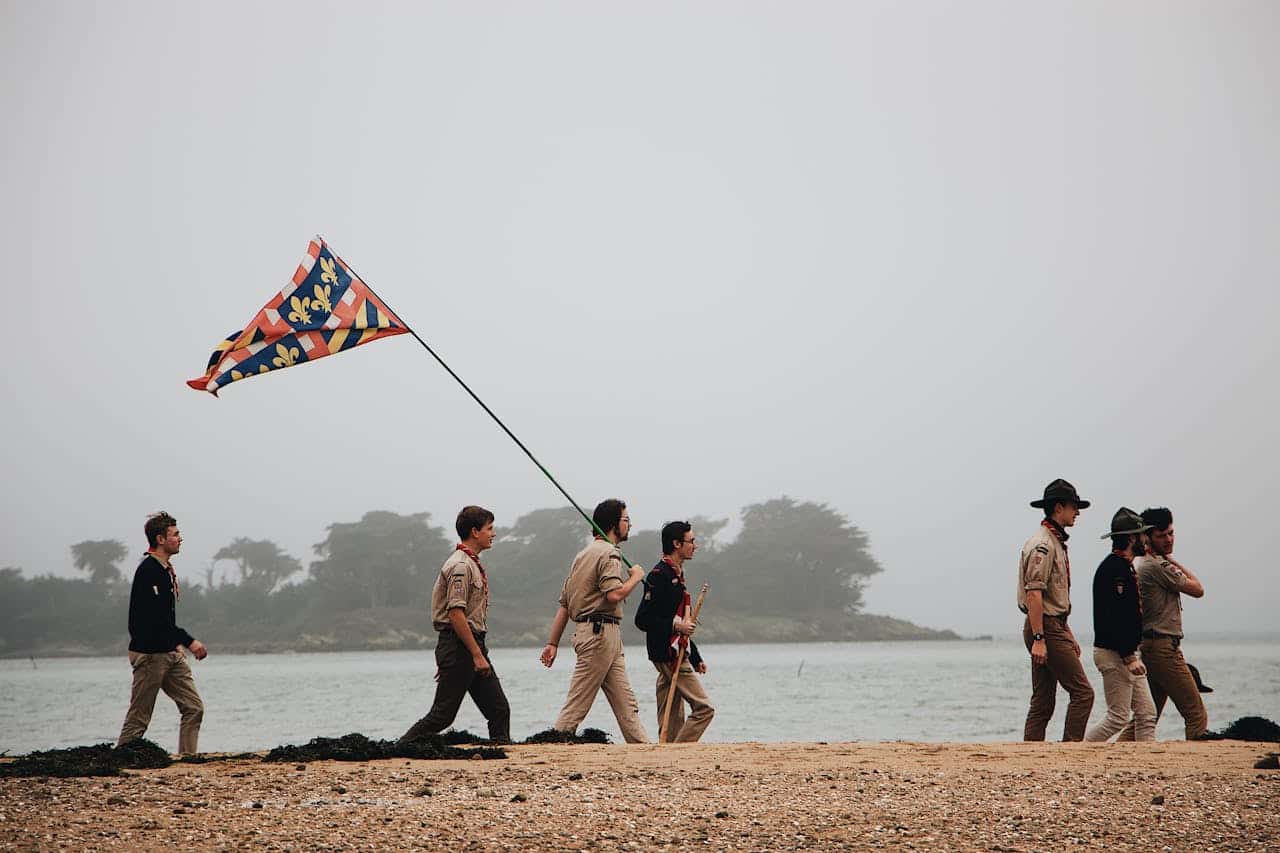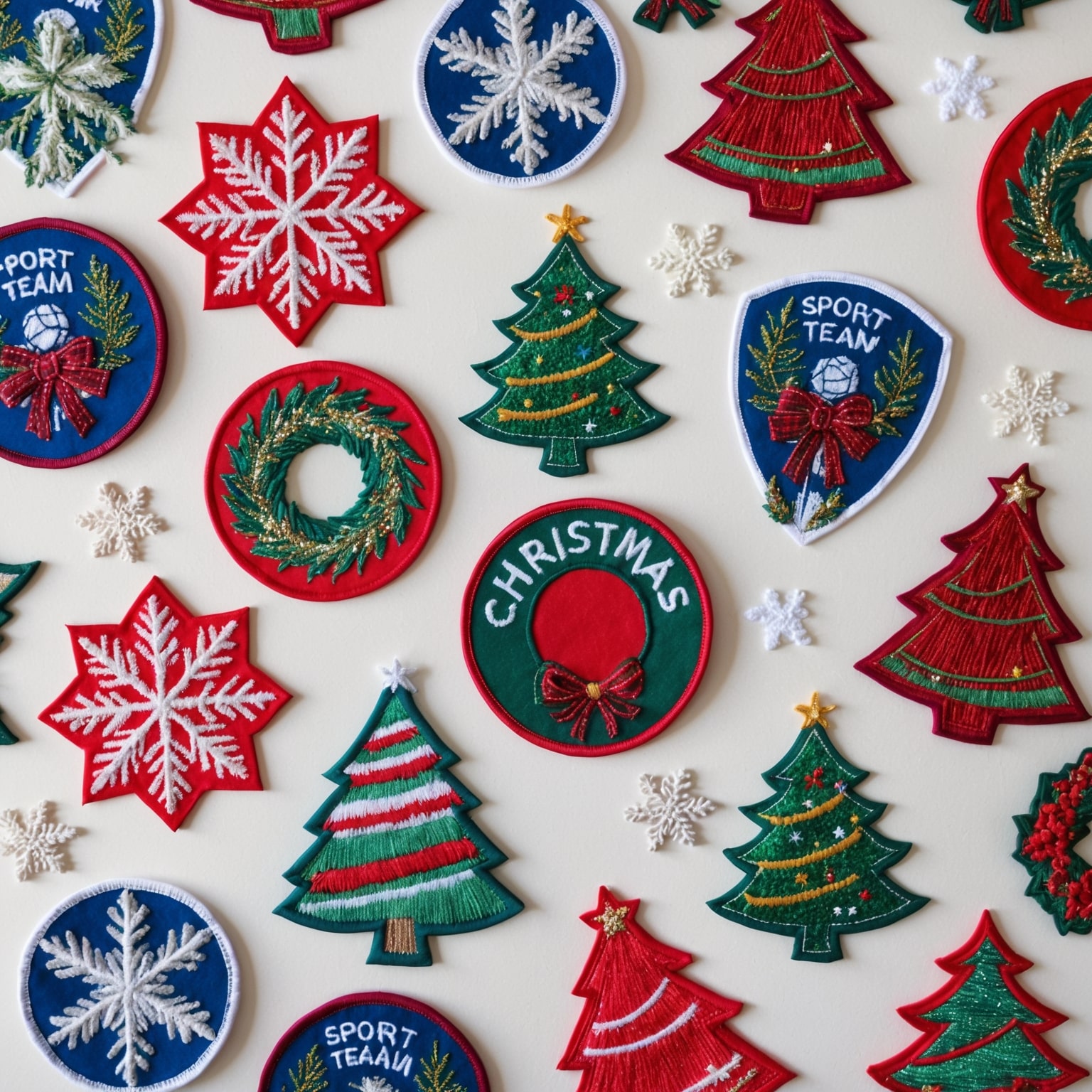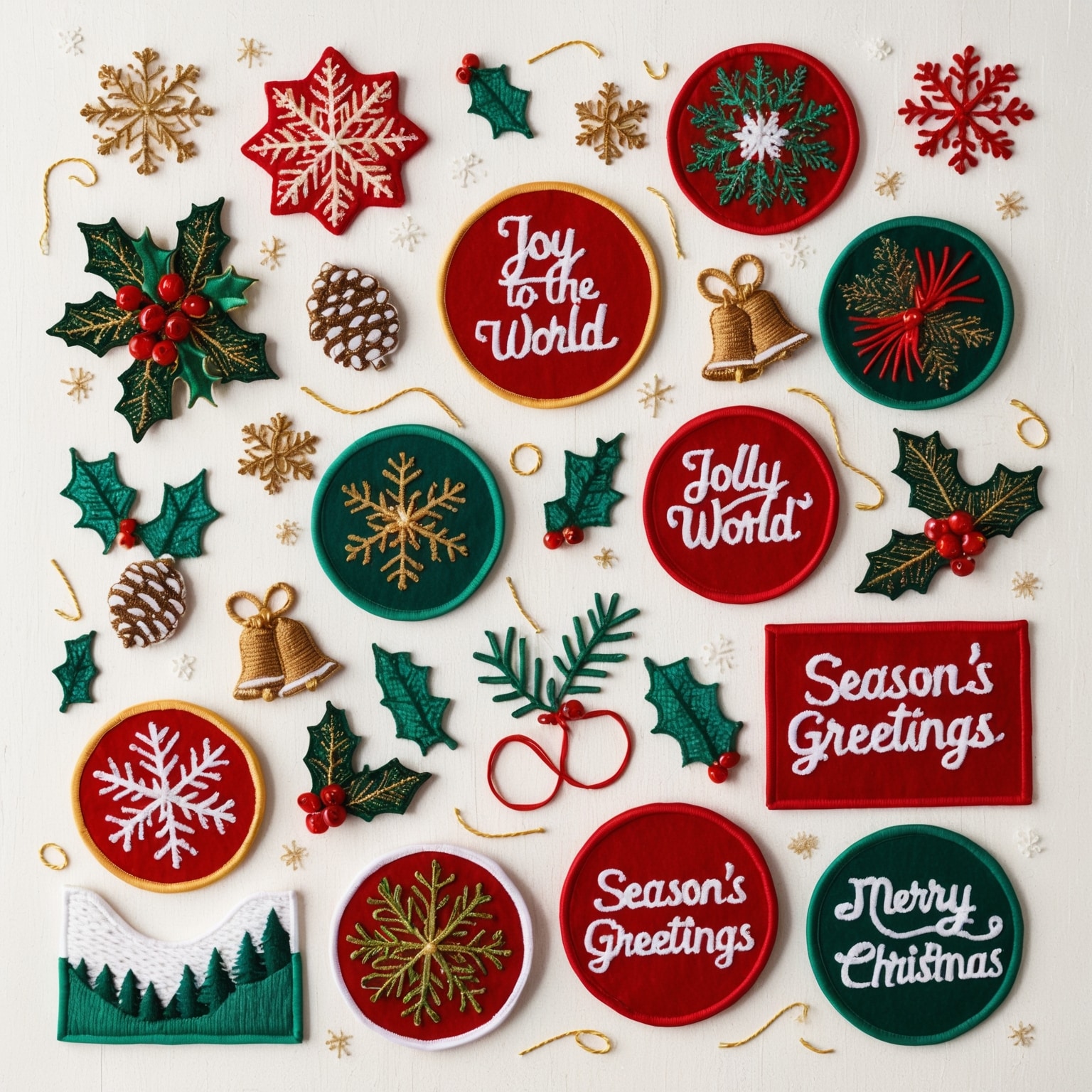Scout patches are an iconic part of scouting culture, symbolizing achievements, milestones, and the spirit of adventure. Whether earned through completing a merit badge, participating in a camporee, or commemorating a special event, these embroidered patches serve as badges of honor for scouts of all ages. Designing the perfect scout patch involves creativity, attention to detail, and an understanding of the elements that make a patch meaningful and memorable. This article offers 12 essential design tips and creative ideas for creating your ideal scout patch, helping you capture the essence of scouting and create a lasting emblem.
1. Start with a Clear Purpose and Theme
The first step in designing a scout patch is to define its purpose and theme. Understanding what the patch represents will guide your design choices and ensure the final product aligns with its intended message.
- Purpose: Determine whether the patch is for a specific event, achievement, troop identity, or general scouting activity. For example, a patch for a hiking trip might differ from one celebrating an anniversary.
- Theme: Choose a theme that reflects the event or activity being commemorated. Themes can range from outdoor adventures and nature to historical events and community service.
2. Incorporate Meaningful Symbols and Imagery
Symbols and imagery are powerful tools for conveying the essence of a scout patch. They should be carefully chosen to reflect the theme and significance of the patch.
- Scouting Symbols: Common symbols in scout patches include tents, campfires, compasses, and hiking boots. These elements represent core aspects of scouting, such as outdoor skills, exploration, and adventure.
- Themed Imagery: Use imagery that directly relates to the specific event or achievement. For instance, a patch for a canoe trip might feature a canoe, paddles, or water waves.
3. Select Appropriate Colors
The color scheme of a scout patch plays a significant role in its visual appeal and meaning. Colors can evoke emotions and symbolize various aspects of scouting.
- Traditional Scouting Colors: Traditional colors such as green, blue, and brown are often associated with nature, the outdoors, and the environment. These colors can create a classic scouting feel.
- Event-Specific Colors: For special events or themed patches, consider using colors that align with the theme. For example, a winter camporee patch might use cool blues and whites to represent snow and cold weather.
4. Incorporate Text and Key Information
Text is an essential element of a scout patch, providing important information about the patch’s significance.
- Event Name and Date: Include the name of the event and the date or year it took place. This information helps commemorate the occasion and provides context.
- Troop or Council Name: Adding the name of the troop, pack, or council personalizes the patch and identifies the group involved.
- Motto or Slogan: A short motto or slogan can enhance the patch’s message. For example, “Be Prepared” or “Adventure Awaits” are phrases that resonate with the scouting experience.
5. Choose the Right Shape and Size
The shape and size of a scout patch are important considerations that affect its overall design and functionality.
- Traditional Shapes: Round, square, and rectangular patches are classic shapes that work well for most designs. They provide ample space for imagery and text.
- Custom Shapes: For a unique touch, consider custom shapes that reflect the theme or activity. For example, a patch shaped like a tent for a camping trip or an animal shape for a wildlife-themed event.
- Size Considerations: The size of the patch should be appropriate for its intended use. Larger patches are suitable for jackets or vests, while smaller patches work well on uniforms or hats.
6. Consider the Patch’s Placement
Where the patch will be worn or displayed can influence its design. Consider the placement on the uniform or gear when designing the patch.
- Uniform Patches: For patches worn on uniforms, ensure the design is clear and visible at a glance. The text should be legible, and the imagery should be easily recognizable.
- Gear Patches: For patches intended for backpacks, hats, or other gear, consider the wear and tear they may experience. Opt for durable materials and secure stitching to ensure longevity.
7. Use High-Quality Materials and Embroidery
The quality of materials and embroidery affects both the appearance and durability of the scout patch.
- Embroidery Techniques: Choose from various embroidery techniques, such as flat embroidery, 3D puff, or metallic threads, to achieve the desired effect. High-quality embroidery ensures the patch looks professional and lasts longer.
- Backing Options: Consider the type of backing for the patch, such as iron-on, sew-on, or Velcro. The backing should be appropriate for the intended use and provide secure attachment.
8. Incorporate Scout Values and Principles
Scout patches often reflect the values and principles of scouting, such as leadership, service, and community. Incorporating these elements adds depth and meaning to the patch.
- Scout Law and Oath: Include references to the Scout Law or Oath, such as “Trustworthy” or “Do a Good Turn Daily.” These phrases reinforce the values that scouts strive to uphold.
- Service and Leadership: Patches can highlight specific achievements related to service projects, leadership roles, or other contributions to the community.
9. Add a Personal Touch
Personalizing a scout patch adds a unique and meaningful touch, making it more special for the recipients.
- Individual Names: If the patch is for a specific group or event, consider adding the names of the scouts or leaders involved. This personalization makes the patch a cherished keepsake.
- Unique Achievements: Highlight specific achievements, such as earning a merit badge, completing a challenging hike, or participating in a significant event.
10. Incorporate Fun and Creativity
While scout patches often serve as serious symbols of achievement, they can also incorporate fun and creative elements.
- Humorous Designs: For lighthearted events or activities, consider adding humorous elements or inside jokes that resonate with the group.
- Interactive Elements: Consider patches with interactive elements, such as glow-in-the-dark threads, movable parts, or hidden messages. These features add an element of surprise and make the patch more engaging.
11. Work with a Reputable Manufacturer
Choosing a reputable manufacturer is crucial to ensuring the quality and accuracy of your scout patch.
- Experience and Expertise: Select a manufacturer with experience in producing custom patches, particularly for scouting organizations. They should have a portfolio of past work and positive reviews from previous clients.
- Collaboration and Communication: Work closely with the manufacturer throughout the design process. Clear communication and collaboration are key to achieving the desired outcome and ensuring that the final product meets your expectations.
12. Review and Finalize the Design
Before proceeding with production, thoroughly review and finalize the patch design. Consider the following steps:
- Proofing: Request a digital proof or sample of the patch to ensure all elements are accurate, including colors, text, and embroidery details.
- Feedback: Gather feedback from key stakeholders, such as scouts, leaders, and parents. Their input can provide valuable insights and ensure the patch resonates with the group.
- Approval: Once the design is finalized and approved, proceed with production. Ensure that the manufacturer provides a timeline for delivery and any additional details related to packaging and shipping.
Case Studies: Notable Scout Patch Designs
To illustrate the principles of effective scout patch design, let’s explore a few notable examples from scouting organizations.
- Jamboree Patches: The World Scout Jamboree often features custom patches that reflect the host country’s culture, the event’s theme, and international friendship. These patches are highly collectible and celebrate the global nature of scouting.
- Merit Badge Patches: Merit badges are iconic in scouting, each representing a specific skill or area of knowledge. The designs are simple yet effective, featuring clear symbols that represent the badge’s focus, such as a canoe for the Canoeing badge or a compass for Orienteering.
- Anniversary Patches: Many scouting organizations create special patches to commemorate significant anniversaries, such as a troop’s founding or a major milestone. These patches often feature historical elements, such as retro designs or original logos, to celebrate the organization’s legacy.
- Special Event Patches: Patches for special events, such as camping trips, fundraisers, or service projects, often feature creative and themed designs. For example, a patch for a winter camporee might include snowflakes, pine trees, and a campfire, capturing the essence of the event.
The Future of Scout Patch Design
As scouting continues to evolve, so too will the tradition of custom patches. Several trends and innovations may shape the future of scout patch design:
- Digital Integration: The integration of digital technologies, such as QR codes or augmented reality (AR), could add interactive elements to scout patches. These features could provide access to digital content, such as videos, photos, or additional information about the event or achievement.
- Sustainable Materials: With increasing awareness of environmental issues, there may be a growing emphasis on sustainable and eco-friendly materials in patch production. This could include the use of recycled threads, biodegradable backings, and eco-friendly dyes.
- Globalization and Cross-Cultural Designs: As scouting becomes more global, patches may reflect a broader range of cultural symbols and themes. This inclusivity can help celebrate the diverse backgrounds and contributions of scouts from around the world.
- Customization and Personalization: Advances in design and production technology will continue to make it easier to create personalized and customized patches. This trend will allow for more individualized designs that reflect specific experiences, achievements, and affiliations within the scouting community.
Conclusion
Designing the perfect scout patch is a rewarding process that combines creativity, symbolism, and a deep understanding of scouting values. By following these 12 essential design tips and incorporating creative ideas, you can create a patch that honors the spirit of scouting and serves as a lasting emblem of achievements and memories. Whether you’re designing a patch for a specific event, a merit badge, or a troop identity, thoughtful design choices will ensure that your patch is meaningful, memorable, and cherished by scouts and leaders alike.
If you are interested in purchasing high-quality custom patches, feel free to call us at 1-877-503-8485 or fill out one of our FREE quotes here.




